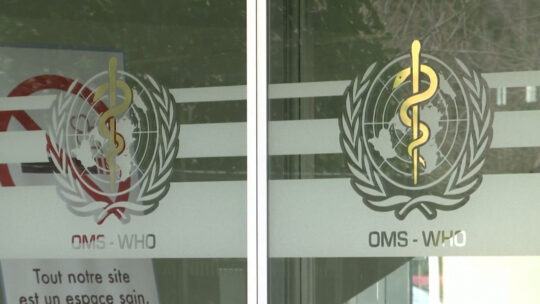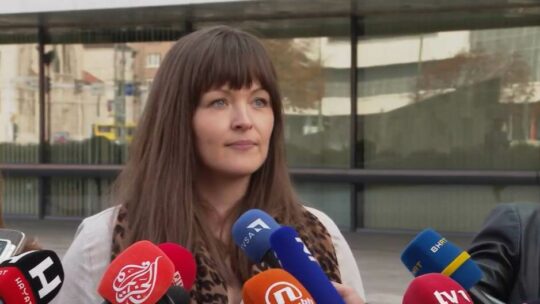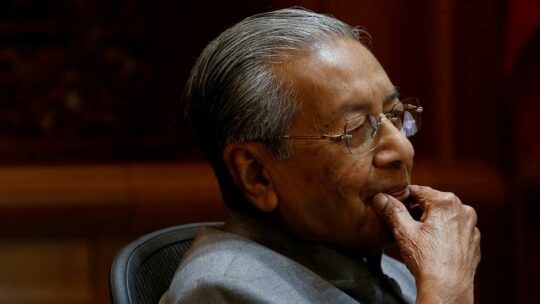
Members of genocide survivors' associations visited some of the execution sites in the area of the Eastern town of Srebrenica, under the 24th anniversary of the Srebrenica genocide.
“Bosniaks were locked in these hangars and killed in monstrous ways. They were shot at from all sorts of weapons, they were thrown grenades at. That happened on July 13, 1995. After they were killed, they threw hay on them planning to burn their bodies, but they gave up on that idea and used the heavy machinery to break through the wall between the 14th and 15th of July, in order to widen the entrance,” Hasan Hasanovic, a curator at the Srebrenica Memorial in Potocari said for Anadolu agency, describing the killing of Bosniaks which took place in an agricultural cooperative's hangar in Kravica village, near Srebrenica.
After that, he said the Serb soldiers used an excavator to put the bodies onto a truck which drove them to a nearby primary mass grave. From there, the bodies were dug out to a secondary mass grave.
He added that over 1,300 Bosniak men and boys were executed in Kravica.
Nura Mustafic from the Srebrenica village of Bajramovici lost three sons and a husband in the genocide.
“Three of my sons were killed.” My son Mirsad was killed here in Kravica. They took him from here but we found him. They took two of my sons in Mrsici village. I found one of them but there's no sign of the other. It's getting harder every year but I'm fighting to stay alive for another day so I could find my son,” Mustafic said adding that she hopes to find her son in a newly discovered mass grave near Visegrad, in Eastern Bosnia.
In April 1993, the UN had declared the besieged enclave of the eastern Bosnian town of Srebrenica a safe area under UN protection.
However, in July 1995, the Dutch battalion soldiers failed to prevent the town's capture by the Bosnian Serb forces and the massacre that followed.
More than 8,000 Bosniak men and boys were killed in the days following July 11, 1995, and so far the remains of more than 6,600 have been found and buried.
The International Criminal Tribunal (ICTY) for the Former Yugoslavia and the International Court of Justice later ruled that the massacre was an act of genocide.
International and regional courts have sentenced 45 people for what happened in Srebrenica to a total of more than 700 years behind bars. Those who the ICTY sentenced to life imprisonment are Ljubisa Beara, Zdravko Tolimir, and Vujadin Popovic. But the most well known alleged masterminds of what happened in Srebrenica are former Bosnian Serb politician Radovan Karadzic and ex Bosnian Serb general Ratko Mladic, and both have been sentenced for it but have appealed.
To date, Bosnian Serb leadership have never recognised the Srebrenica massacre as an act of genocide.




